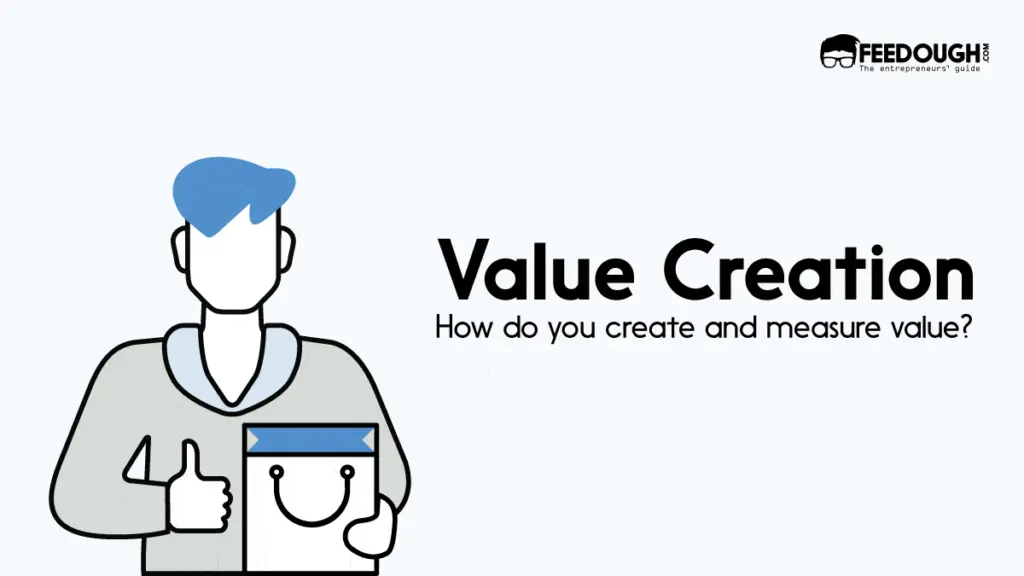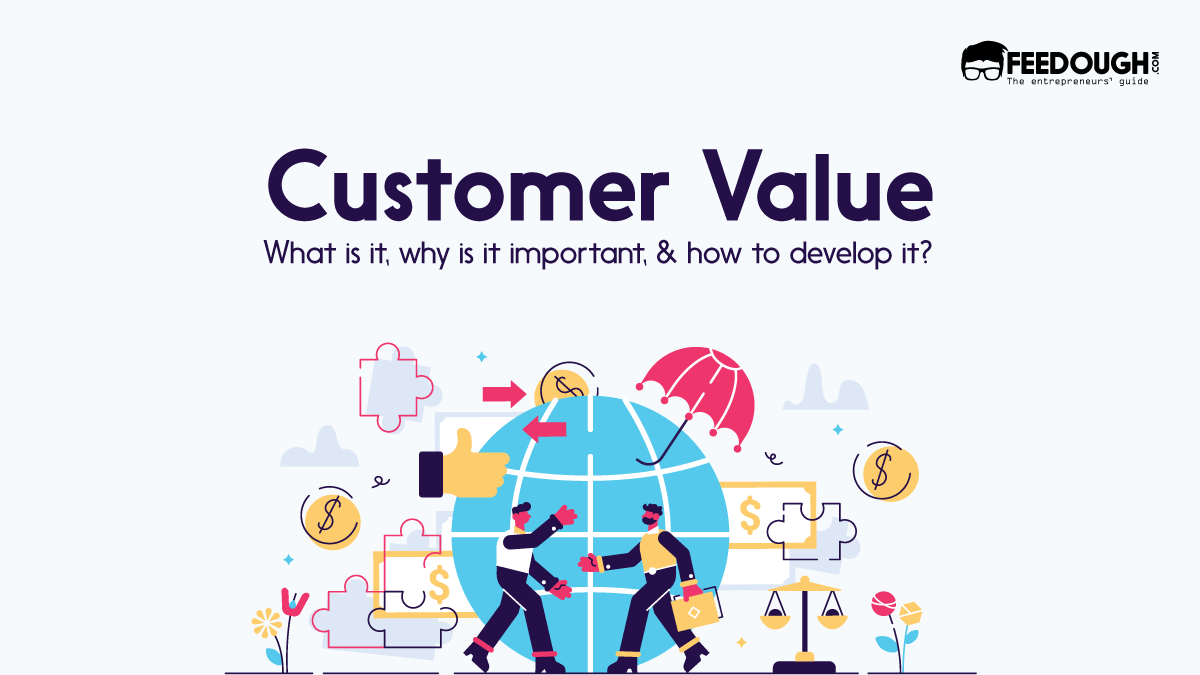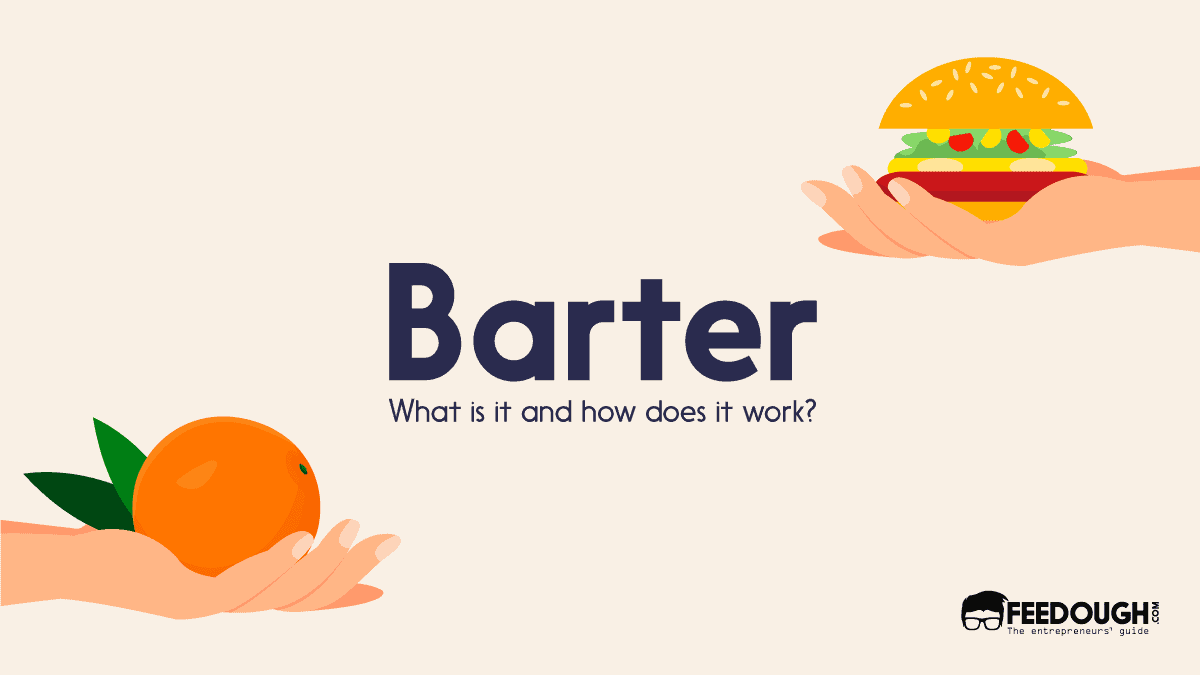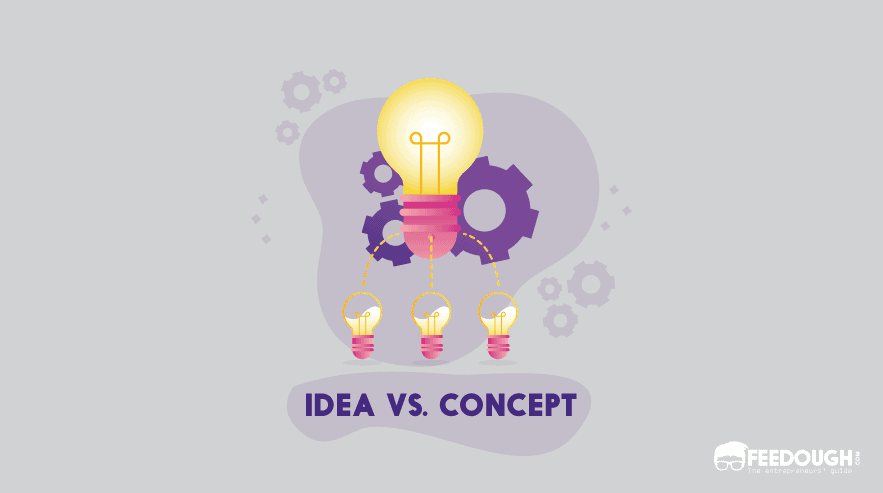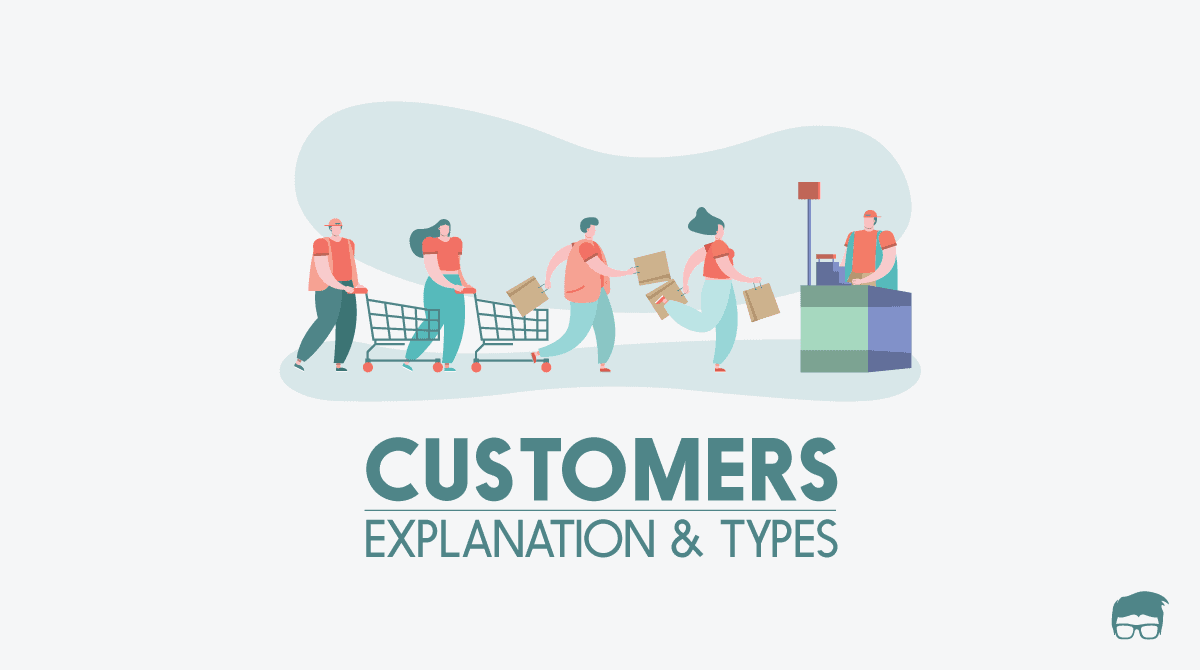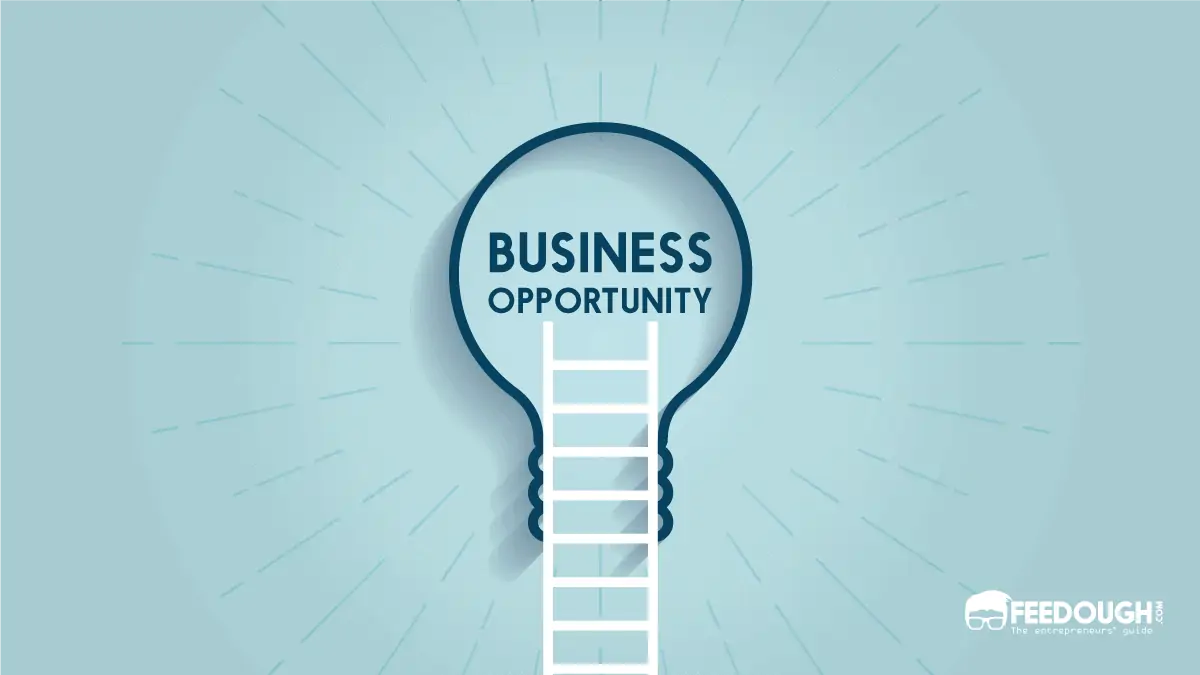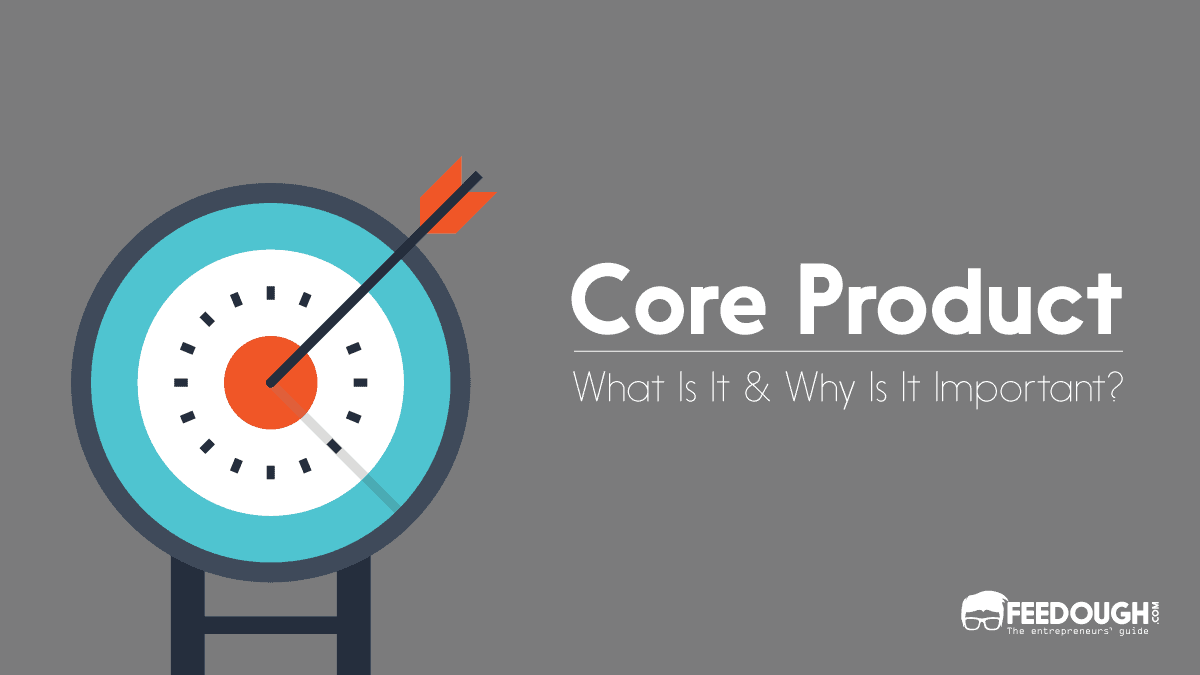Value is the spine of the business ecosystem. The customer is the centre of the system having all the necessary resources to make it sustain. And only the market players that provide value to the customer get to stay in this system.
Precisely, the value is the barter businesses make in exchange for their existence. It’s the fundamental concept that drives the economy today.
But what is value and what is value creation?
Let’s find out.
What Is Value?
Customer value is the total benefit expressed in monetary terms a customer gets in exchange for the price paid for the market offering.
In simplest terms, it is the degree of goodness derived from consumption. It’s the combination of functional utility and other benefits, including technical, economic, service, and social benefits, a customer receives from the offering bought. The customer compares these benefits with the costs incurred in getting those and considers the net benefit as its value.
The higher the net benefit, the happier a customer becomes.
What Is Value Creation?
Value creation is the business process of developing value for the customer through the organisation’s purpose, strategy, and business model, taking into account all resources, capitals, and relationships.
Precisely, it’s the process of how the business operates and uses its resources to provide utility and benefits to the customer.
Value creation stands on three key pillars:
- Organisation’s Purpose: What the business strives to achieve.
- Business Model: How the business works and makes money.
- Resources and Processes Utilisation: How the business uses available resources to develop the final offering and what all processes it uses to do the same.
The concept of value creation aligns with the microeconomic concept of the product utility for the customers, be it to satisfy the final consumers (B2C) or enhance the profitability of other businesses (B2B).
Why Is Value Creation Important?
There’s a common misconception in the business world that the business exists to maximise its profits and the shareholders’ value. But little do people know that maximising profit is not a process but a result of the business providing high value to the customers.
Value translates to profits. That is, value creation is a cycle where the business focuses on developing value for the customers while benefiting from the same in terms of higher revenues.
Types Of Value Created
While every customer defines the value they get differently, it’s still possible to categorise value into four types. In fact, customer value is the combination of these four types of values.
- Functional Value: It’s the offering’s functional utility – the value the consumer gets after getting their work done or problem solved.
- Monetary Value: It’s the value the customer deduces after comparing the price paid with the offering’s perceived worth.
- Social Value: It includes perceptual benefits acquired from the offering’s association with social class, social status, or a specific social group.
- Psychological Value: It includes the psychological benefit a customer receives in terms of expressing themselves or feeling better.
Take iPhone, for example. For an iPhone, the essential smartphone functions like calling, internet access, camera form the functional value. The pride of owning an iPhone forms the psychological value. Being a part of the Apple community comprises social value. And comparing all these benefits with the cost paid results in the monetary value an iPhone consumer gets.
How is Value Created?
Value is created whenever a business uses its resources to provide benefits to the customer. This happens during business processes, at every business department, and at every stage a customer interacts with the business.
However, the value is reaped only when the offering is consumed. Take farming, for example. A farmer spends all his resources and takes months to grow fruits that can be regarded as good or bad with just one bite by the customer.
It’s a similar case with other offerings.
Michael Porter has developed a comprehensive value chain indicating all the systems involved in value creation.
Value Creation Chain
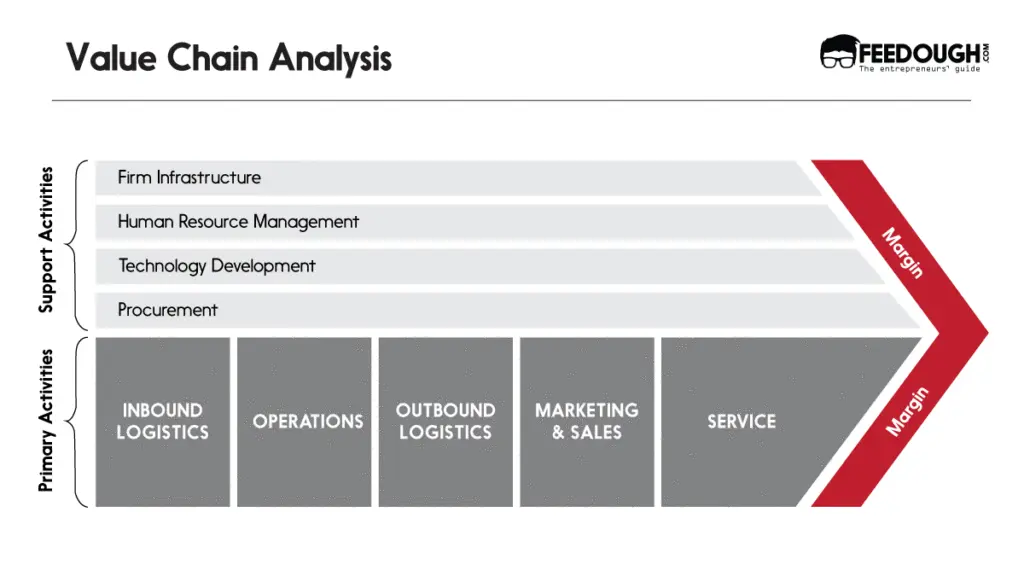
The value creation chain revolves around the value creation process and includes the support activities that support the process.
The value creation process is referred to as primary activities and the helping activities are referred to as support activities.
Primary activities are the core processes involving everything from getting the raw materials, converting it into final offering, distributing it to point of sales, marketing and selling them, to providing services. It’s how a customer might see the business’s operations. It consists of the following:
- Inbound logistics: It includes all the processes involved in getting, storing, and distributing inputs internally.
- Operations: It includes all the processes involved in converting input into an output.
- Outbound logistics: These are the activities involved in delivering the offering from business to customers.
- Marketing and sales: These are the activities involved in communicating the brand message and persuading prospective customers to purchase the business’s offerings.
- Service: It includes the activities involved in keeping the value intact even after a purchase has been made.
Support activities include supporting functions that support the primary functions rather than being one of the delivery chain steps. They include activities business does to get resources, technology development, human resource management, and the firm’s overall infrastructure (that includes general management costs, planning, finance, accounting, legal, and government affairs). Generally, the business forms separate departments for such activities as well. These activities include:
- Procurement (purchasing): It includes activities the business does to get the resources it needs to operate, that includes finding vendors, negotiating prices, etc.
- Human Resource Management: In includes activities relating to recruiting, hiring, training, motivating, and retaining employees and other staff.
- Technological Development: It includes activities relating to managing and processing information, maintaining technical excellence, etc.
- Infrastructure: It includes processes that support daily business operations, like administration, clerical, financial, line management, etc.
Value is created when a business sets its organisation’s purpose to serve customers, develops a business model to build on this purpose, and makes use of the available resources and processes to make this purpose a reality.
However, how much value a business creates depends on certain value drivers.
- Unsubstitutable: An offering that’s easily substitutable with other offerings from competitors provides little or no value to the customers as it is easily replaceable.
- Unique: An offering that solves the problem differently or provides a unique solution may prove valuable to the customers. This way, even the business may capture value by being a monopoly.
In plain terms, a business is valuable to the extent that it does something that others cannot.
How Value Creation is Measured
A customer always converts the benefits they get into monetary terms. But how can a business measure the same?
Well, measuring the customer’s value is only possible if it is correlated to measurable variables like revenue or retention.
- Revenue: In a normal market, value always translates into more revenue for the business. A business can always consider the profits earned as the customer’s value as the customer only pays over and above a standardised price when they’re getting more benefits than expected.
- Retention: If a customer stays with the business over a period of time or repeats purchases, it’s a sign of value creation that can be translated into monetary terms by calculating customer lifetime value.
Bottom-Line?
Unlike what most people think, value creation is different from value capturing. Value creation targets customers. It’s doing work just to provide satisfaction to the customers. Value capturing, however, is the business capturing some of the value created. It is only possible if enough value is created for the customers.
A business can sustain only if the customers believe they get something of value from it. Value leads to demand, results in revenue, and brings in profits.
Value is what drives the business ecosystem.
Go On, Tell Us What You Think!
Did we miss something? Come on! Tell us what you think about our article on value creation in the comments section.
A startup consultant, digital marketer, traveller, and philomath. Aashish has worked with over 20 startups and successfully helped them ideate, raise money, and succeed. When not working, he can be found hiking, camping, and stargazing.
